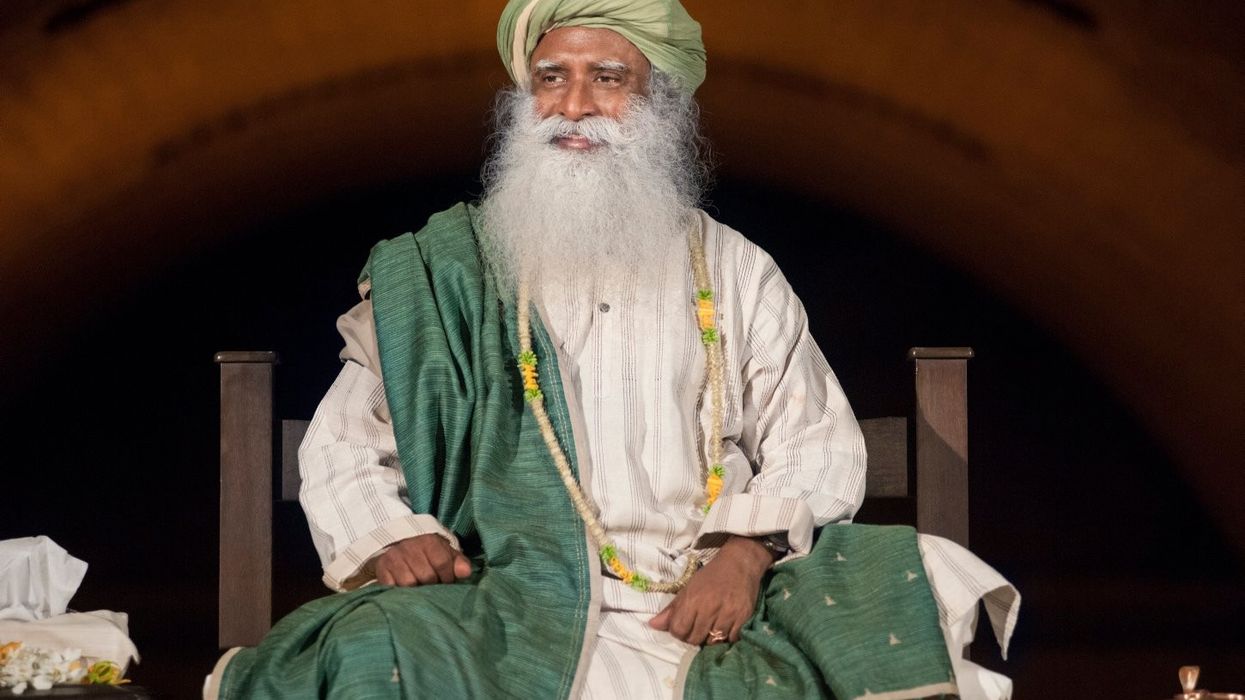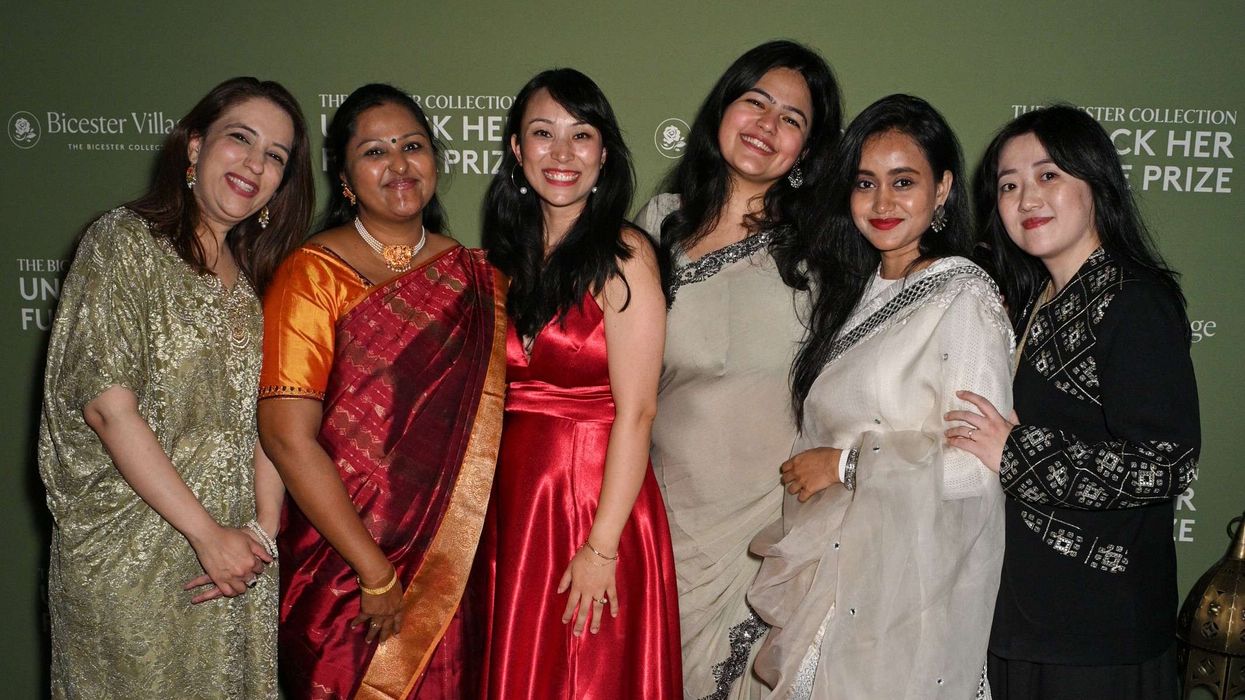The medical community in India are displeased at the introduction of a new set of global guidelines on managing diabetes.
Medical practitioners in the country feel that aim to replace those followed for over three decades will lead to serious complications in managing diabetics as well as cause confusion in treatment protocol. The new set of global guidelines relaxing long-term blood sugar target, hemoglobin A1C (HbA1c), which gives an estimate of a person’s blood sugar level over the past few months.
A person with an HbA1c of 6.5 percent is said to be diabetic. However, the American College of Physicians recently said that clinicians should aim to achieve an HbA1c level between 7 percent and 8 percent in most patients with type 2 diabetes.
Doctors in India feel these guidelines should be ignored.
“In reality, Indian physicians continue to follow US-based guidelines, hence ACP guidelines may have substantial impact in India," Anoop Misra chairman of Delhi-based Fortis-C-DOC (Centre of Excellence For Diabetes, Metabolic Diseases and Endocrinology) was quoted as saying by TOI. "If blood sugar control is loosened (as advised by ACP), more patients in India will suffer from complications, the burden of which is already high. We should ignore these, and stick to previous time-tested glycosylated hemoglobin limit of control of 7%.”
Others say it is not practical to standardize the guidelines because of differences in lifestyle and food habits.
India, which is home to more than 72 million diabetic patients, has the dubious distinction of being the diabetes capital of the world. A majority of people in the country suffer from type-2 diabetes, and experts believe timely intervention and detection could help patients lead a normal life.
In the last one decade, deaths due to diabetes has been increasing. According to World Health Organization, an estimated 3.4 million deaths are caused due to high blood sugar.












